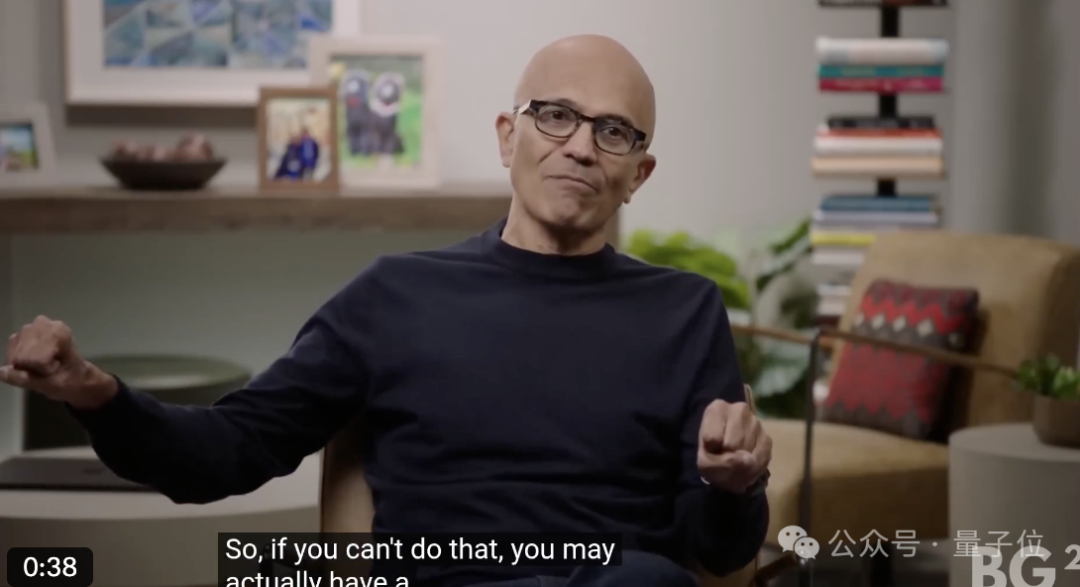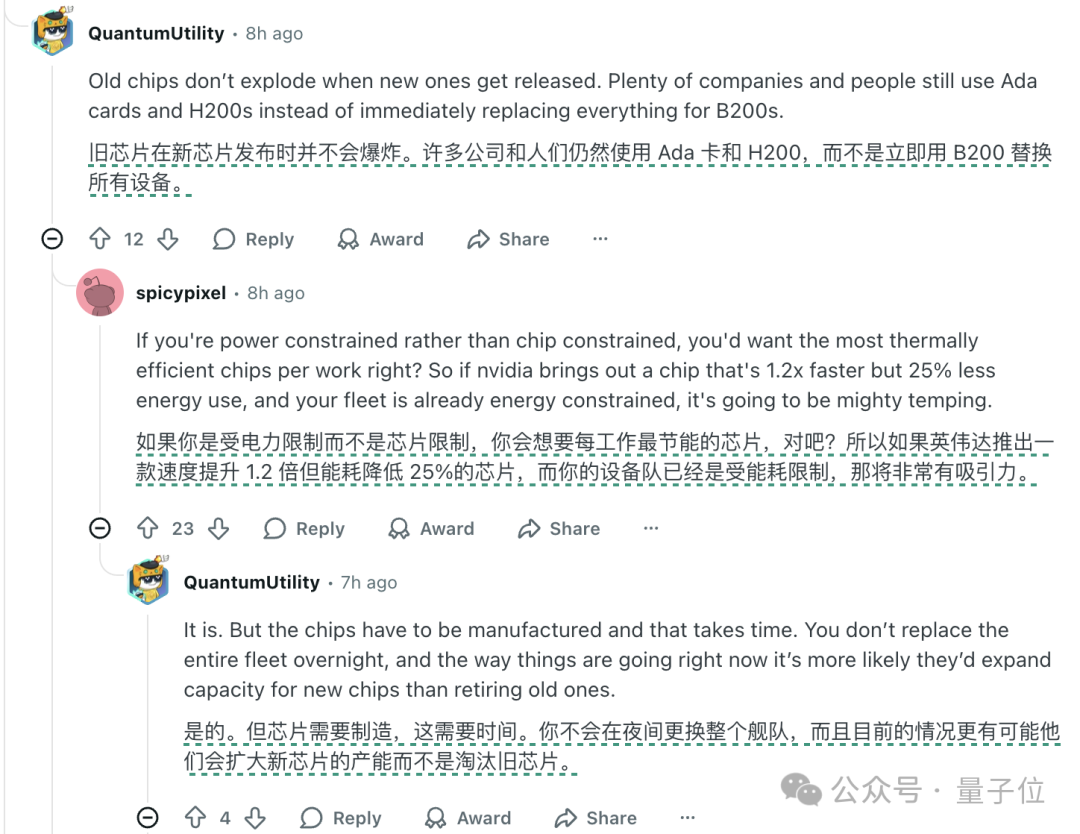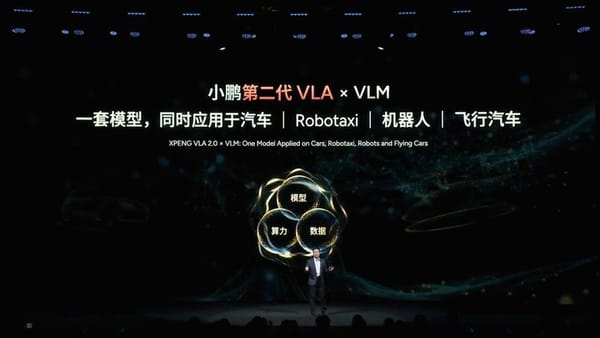Large Quantities of NVIDIA GPUs Sitting Idle in Microsoft Data Centers

2025-11-05 00:01 · Jilin
Even Ultraman Is Worried


---
Source
Large Model Intelligence|Sharing
Source: Quantum Bit
---
A Surplus of GPUs… Gathering Dust
Imagine this — Microsoft owns mountains of GPUs, yet many are sitting unused in storage.
In the latest BG2 podcast episode, Microsoft CEO Satya Nadella openly admitted to an unprecedented problem: the company has vast GPU resources, but power shortages and limited physical space mean they cannot put them all to work.
The challenge?
> “The biggest problem is not chip supply, but electricity capacity — and whether we can build data centers near power sources fast enough. Otherwise, you’ll just have piles of chips lying in a warehouse.”
---
01 · Microsoft’s GPUs Sit Idle Due to Energy Bottlenecks

Inside Microsoft, large numbers of NVIDIA AI chips remain unused — not because computing demand is met, but because supporting infrastructure is lacking.
Two main causes:
- Electricity shortages
- Too few “warm shells” — physical data center spaces with power and cooling already installed
Nadella flagged this issue last year, noting:
> “We face electricity constraints, not chip supply constraints.”
The issue is industry-wide:
- Sam Altman echoed Nadella’s point — AI’s real challenge is matching compute with energy and infrastructure.
- Altman has already invested in energy ventures like Oklo (fission), Helion (fusion), and Exowatt (solar), though large-scale deployment is still far off.
- In the short term, AI data centers will continue relying on natural gas and renewables.
---
02 · Hoarding Chips Is Risky in an Energy-Constrained World

In the past five years, U.S. electricity demand has surged due to AI and cloud computing.
Power growth is lagging far behind data center construction speeds.
Key dynamics:
- Years-long timelines for new power plants vs. quarterly pace of AI expansion
- Developers increasingly build behind-the-meter generation — feeding electricity directly into data centers
- Even solar PV, the fastest flexible energy source, takes months–1 year to connect
- AI demand curves shift rapidly — a single model launch can drive spikes
Risk: Infrastructure overbuild could leave assets idle if AI demand slows.
Altman’s stance: Demand will not slow — cheaper, more efficient compute triggers even greater total usage, in line with the Jevons Paradox
> “If compute costs fell 100×, usage would grow far beyond that.”
---
Altman’s Proposal: Energy as an AI Strategic Asset
Altman urges the U.S. to expand power generation by 100 GW/year and treat electricity as a strategic AI resource.
Microsoft’s strategy shift:
- Will stop stockpiling single GPU generations
- Idle chips lose value faster — new architectures arrive within 2–3 years
- Data centers depreciate over 6 years — unused equipment ties up capital and wastes value
---
03 · Rethinking Performance: Energy-Efficient Chips

Since the late 1990s, U.S. electricity production has held at ~4 trillion kWh/year.
Yet:
- Population up 20%
- Aged grid infrastructure
- Lifestyle and tech progress driving load growth
On Reddit, one suggestion stands out:
> “If electricity is the limit, you’d want the most energy-efficient chip possible. If a new GPU is 1.2× faster but uses 25% less power, that’s a win.”
Industry takeaway: Performance metrics may need to shift toward efficiency, not just raw speed.
---
04 · Microsoft Expands AI Infrastructure to Energy-Rich Regions

Microsoft announced on 𝕏:
- Received U.S. government approval to ship NVIDIA chips to the UAE for AI data centers
- Will invest $8 billion in Gulf nations over 4 years in data centers, cloud, and AI projects
Why it matters:
Energy-abundant regions may become AI infrastructure hubs — GPUs can finally run at full capacity.
---
References
---
Join the Technical Group




How to Join:
- Long-press to add our assistant on WeChat.
- Provide your details in the format: Name–School/Company–Research Area–City
- Example: `Alex–ZJU–Large Models–Hangzhou`
- Apply to join deep learning / machine learning technical groups.
---
Related Reading
- Latest Review on "Cross-Lingual Large Models"
- Which deep learning paper’s idea amazed you the most?
- Algorithm engineer “capability to implement” — what does it mean?
- Comprehensive survey of Transformer model variants
- From SGD to NadaMax: Ten optimization algorithms explained
- PyTorch implementations of attention mechanisms
---
If you’d like me to tighten this into an ultra-concise briefing format for tech executives while keeping all the data points intact, I can prepare a 1-page executive summary from this Markdown — would you like me to do that?




